Woljeonggyo Bridge (월정교)
4.7Km 2025-06-13
274 Gyo-dong, Gyeongju-si, Gyeongsangbuk-do
+82-54-772-9289
Woljeonggyo Bridge, located in Gyo-dong, Gyeongju, was built during the Unified Silla period (AD 676-935), but was burnt down during the Joseon dynasty. Through historical research, the bridge was rebuilt in April 2018 to become the largest wooden bridge in Korea. According to Samguk Sagi (History of the Three Kingdoms), the bridge was built during the 19th year of King Gyeongdeok’s reign (AD 760), connecting Wolseong and Namsan together. The historical research to rebuild the bridge lasted from November 26, 1984 to September 8, 1986, finding that the bridge was made with wood for the first time. The first rebuilding of the bridge was from 2008 to 2013 and the finishing touches were added from April 2016 to April 2018. Through this research and rebuilding process, future restoration of historical buildings have a better reference to use.
Cheomseongdae Observatory (경주 첨성대)
4.7Km 2025-05-21
140-25 Cheomseong-ro, Gyeongju-si, Gyeongsangbuk-do
Cheomseongdae Observatory, constructed during the reign of Queen Seondeok (r. 632-647), is one of the landmarks of Gyeongju. The observatory was built in a cylinder shape at approximately 9 meters in x_height. The observatory consists of 365 stones, symbolizing the number of days in a year. The rocks are piled in 27 layers symbolizing the 27th ruler, Queen Seondeok, and the days in a lunar month by adding the of two rock layers on top.
◎ Travel information to meet Hallyu’s charm - "A Good Day to Be a Dog"
Cheomseongdae Observatory, where Bo-gyeom and Ji-ah, bound by a special fate, encounter each other, is the landmark that represents the city of Gyeongju and one of the oldest astronomical observatories in the world. In addition to its superlative value as a historical site, it is also popular as a tourist destination thanks to flowers and plants that bloom each season.
GyeongjuCheonnyeonhanok Pension (경주천년한옥펜션)
4.7Km 2024-08-01
86-61 , Sidong-ro, Gyeongju-si, Gyeongsangbuk-do
+82-10-9898-3995
Cheonnyeon Hanok Pension in Gyeongju, Gyeongsangbuk-do, is a modern two-storey hanok built of pinewood and red clay, and equipped with geothermal heating and double doors to keep out drafts. Rooms have individual toilets and cooking facilities, and there is a spacious yard where children can play and grown-ups can experience folk games such as Tuho and Jegichagi. There are fine views of Joyang Reservoir and Tohamsan Mountain, and an inviting pine forest trail next to the house. Nearby tourist attractions include Seokguram Grotto and Bulguksa Temple.
Gyeongju Hwangnyongsa Temple Site (경주 황룡사지)
4.7Km 2021-01-29
64-19, Imhae-ro, Gyeongju-si, Gyeongsangbuk-do
+82-54-779-6100
Hwangnyongsa Temple Site is located in front of Bunhwangsa Temple in Guhang-dong, Gyeongju. During the Silla Era, the Hwangnyongsa Temple was the nation’s largest temple and housed the bulk of the country’s major Buddhist treasures.
Construction of the temple began in 553 on a field east of the royal compound under the commission of King Jinheung. The king originally planned to build a palace, but decided to build a temple instead, after receiving reports that a yellow dragon had been spotted on the building site. The temple was thus named Hwangnyongsa (Temple of Yellow Dragon) and was completed in 569, seventeen years after construction began. The temple murals featured an old pine tree drawn by Artist Solgeo. During the Silla Era, the temple was the center of state-sanctioned Buddhism.
Later, when monk Jajang was studying in China during the Tang dynasty, he came across a god as he was passing by Taihe Pond. The god said to him, “The yellow dragon, which is my eldest son, is guarding Hwangnyongsa Temple upon orders of Brahma, the Creator. If you build a nine-story pagoda upon your return to Silla, the neighboring states will surrender and pay tribute, and the royal cause will be stronger. Once the construction of the pagoda is complete, prepare a memorial service for the local gods and pardon any of the country's criminals. If you follow all I have told you, no other state will dare invade Silla.”
After this encounter, Jajang returned to Silla and convinced Queen Seondeok to build the nine-story pagoda. Master architect Abiji of the neighboring state Baekje designed the pagoda and the project was built by Yongchun and 200 men using wood and stone. The night before the columns were to be erected, Architect Abiji of Baekje dreamed of the fall of Baekje and refused to complete the project. With a peal of thunder, an old monk and a man of great strength suddenly appeared from the temple's main hall, erected the columns, and magically disappeared. Abiji was so shocked at the sight that he accepted his country’s future demise as the fate of the gods and once again restarted work on the temple. (From Samgungnyusa, the Memorabilia of the Three Kingdoms)
In the twenty-three years following the completion of the pagoda, Queen Seondeok unified the Three Kingdoms; later, numerous scholars pointed to the pagoda as a contributing factor in the unification. Of the three treasures of Silla, two were located at Hwangnyongsa Temple. The largest bell of Silla was also in the temple, but was taken away during the Mongol invasion. The highest monks of Silla preached at the temple, and many kings came to listen to the Buddhist teachings.
During excavation work in July 1969, the massive foundation stones of the sermon hall, auditorium, and pagoda were found. Eight years of archaeological excavations and studies revealed the unique layout of the temple grounds, which consisted of one pagoda and three halls; also found were 40,000 or so ancient artifacts. Though foundation stones and other structures from the bottom of the temple were identified through excavation, there are no historical clues about the temple’s upper design, making the restoration of the temple in its entirety practically impossible. The size of the temple, based on archeological findings, was about 70 acres, roughly eight times larger than that of Bulguksa Temple.
SOSEOLJAE (소설재(첨성대점))
4.8Km 2024-08-01
46 , Poseok-ro 1050beon-gil, Gyeongju-si, Gyeongsangbuk-do
+82-10-2237-6560
Located on a side street in Cheomseongdae in Gyeongju, Gyeongsangbuk-do, Soseoljae is a hanok stay combining traditional charm with modern facilities.The larger stand-alone guestroom has its own tea room, while 11 other rooms accomodate 2 or 3 people. All rooms are equipped with a toilet/bathroom and air conditioning/heating, and there is a small cafe at the hanok entrance. Soseoljae is close to Gyeongju Station and Gyeongju Express Bus Terminal and tourist attractions such as Cheomseongdae, Daereungwon, and Hwangnyongsaji are also nearby.
Nadul Hanok (나들한옥)
4.9Km 2024-12-19
4-1 , Jjoksaem-gil, Gyeongju-si, Gyeongsangbuk-do
+82-10-5011-7738
Nadeul Hanok is a newly-built hanok stay in Gyeongju, Gyeongsangbuk-do, which combines traditional hanok style with modern convenience. All rooms come with bed, toilet and bathroom, and thermostat-controlled ondol underfloor heating. In the shared lounge is an automatic coffee machine, a water purifier, toaster, electric range and electric kettle - plus emergency medical kit - all of which are free of charge to residents. Breakfast is also provided without charge. Nadeul Hanok is just a minute's walk from Gyeongju Cheomseongdae, with other famous Gyeongju sites also within walking distance.
Ipungnyeo Guro Ssambap (이풍녀구로쌈밥)
4.9Km 2024-02-23
155 Cheomseong-ro, Gyeongju-si, Gyeongsangbuk-do
054-749-0600
Near the Cheomseongdae Observatory in Gyeongju, Ipungnyeo Guro Ssambap is renowned for its signature dish, Guro ssambap (leaf wraps and rice set menu). The dish is accompanied by jeyuk bokkeum (spicy stir-fried pork) and doenjang jjigae (soybean paste jjigae), along with a diverse array of side dishes and ten different types of vegetables for wraps. The restaurant focuses on preserving the natural flavors of the ingredients, using minimal chemical seasonings. Its commitment to providing a hearty and wholesome meal attracts numerous visitors.
Wiyeonjae Hanok Stay (위연재)
4.9Km 2024-12-19
7 , Jjoksaem-gil, Gyeongju-si, Gyeongsangbuk-do
+82-10-9384-1000, +82-10-5694-2426
Wiyeonjae hanok stay stands on the edge of the Gyeongju Historic Area, so that from here Cheomseongdae, Daereungwon, Donggung Palace, Wolji Pond and the other historic sites can be reached on foot. It’s a place where Silla period relics were excavated during construction, and you can still feel the 1,000 year history of the Silla capital. All rooms are ondol-style, and all have bathrooms. One room, Munmu, has a numary(raised floor) which is a great spot for taking photos. A free breakfast is provided and parking space is available.
Byeolchaeban Gyodong Ssambap (별채반 교동쌈밥)
5.0Km 2023-07-12
경상북도 경주시 첨성로 77
Located in Hwangnam-dong, Gyeongju, Byeolchaeban Gyodong Ssambap is a famous joint that has made multiple appearances on TV programs. The signature menu of this restaurant is the leaf wraps and rice, or “ssambap”, where vegetables and leaves are used to create wraps with meat, fish, and other side dishes. The restaurant offers a variety of main dishes for wrapping, such as Pork Bulgogi and Duck Bulgogi. Other dishes include the Yukbuchon Spicy Beef Soup and Gondalbi Bibimbap. This restaurant is also quite appealing for vegan diners, since leaf wraps and rice involve plenty of vegetables. Group seats and reservations are available. Cheomseongdae Observatory and Daereungwon Ancient Tombs are located nearby, making it quite easy to plan the itinerary.
Gyeongju Cherry Blossom Festival (경주벚꽃축제)
5.0Km 2023-03-20
10 , Gyerim-ro, Gyeongju-si, Gyeongsangbuk-do
• 1330 Travel Hotline: +82-2-1330 (Korean, English, Japanese, Chinese) • For more info: +82-777--5951~3
Historical city of Gyeongju annually hosts the Gyeongju Cherry Blossom Festival from late March to early April. Visitors to Gyeongju will be able to enjoy a festival that combines cherry blossoms with art and culture.

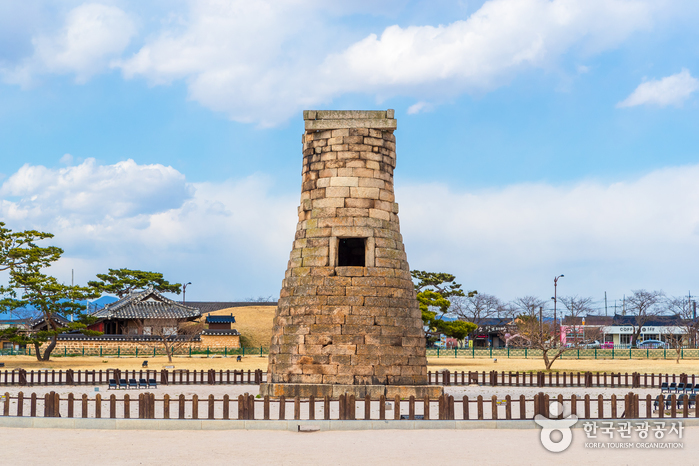
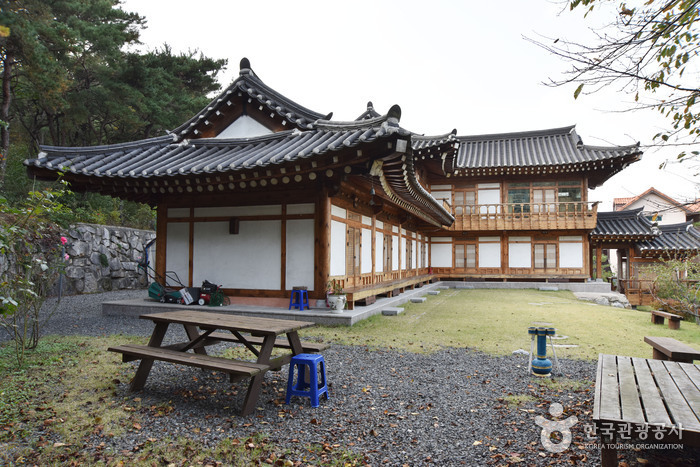
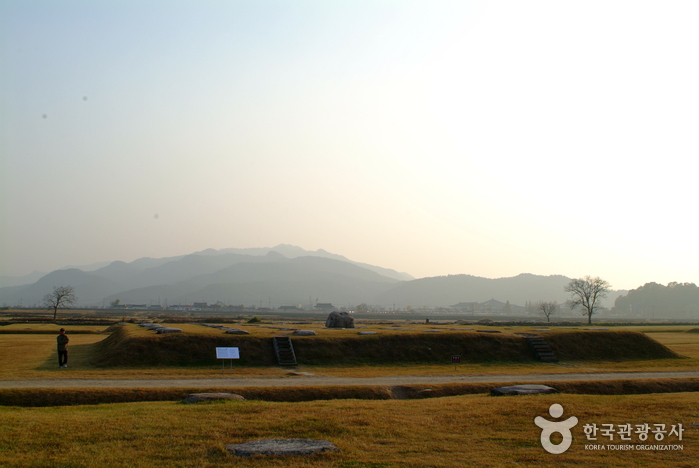
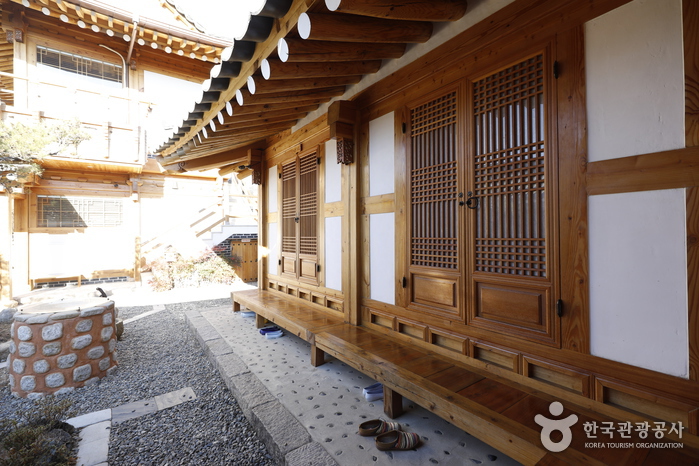
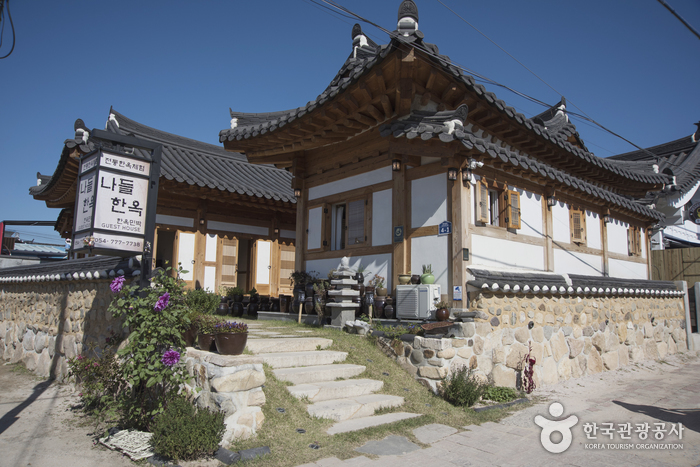
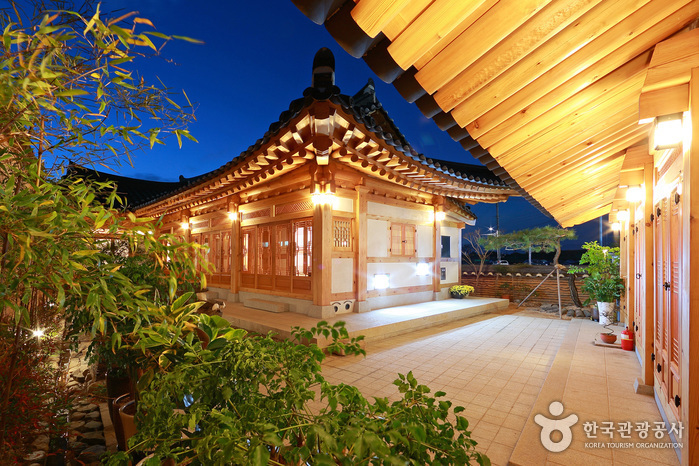
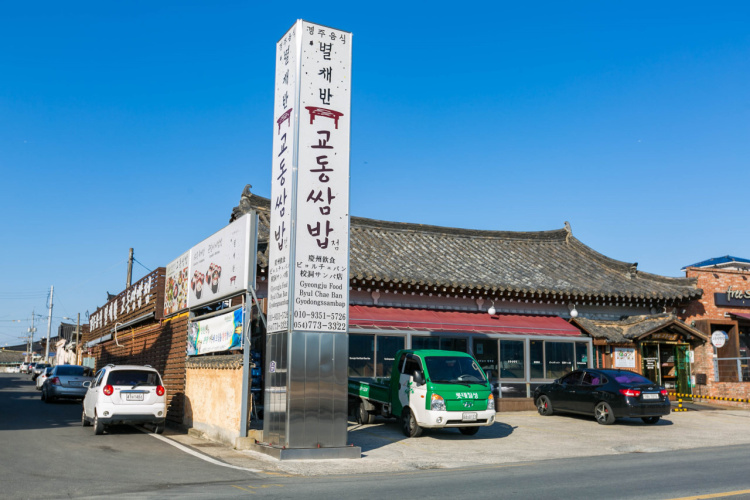
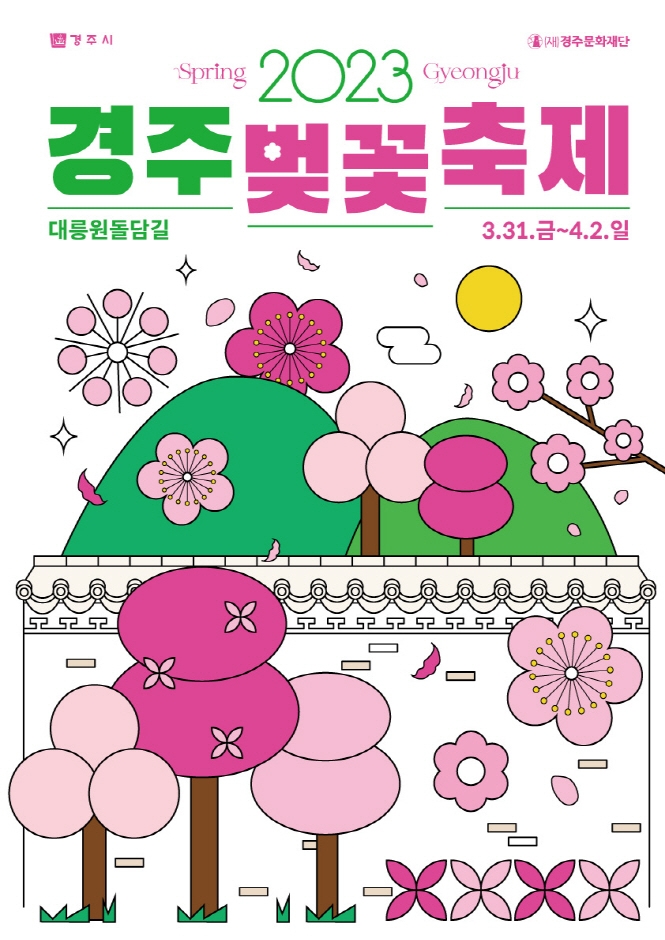
 English
English
 한국어
한국어 日本語
日本語 中文(简体)
中文(简体) Deutsch
Deutsch Français
Français Español
Español Русский
Русский